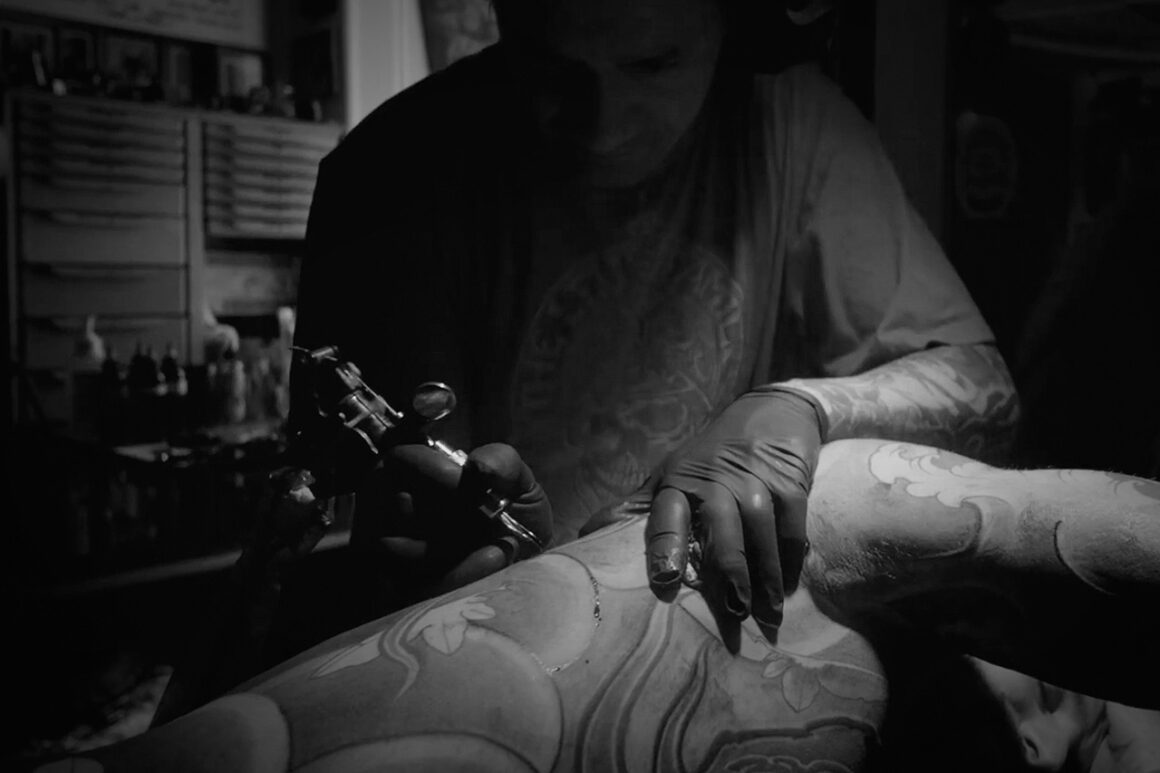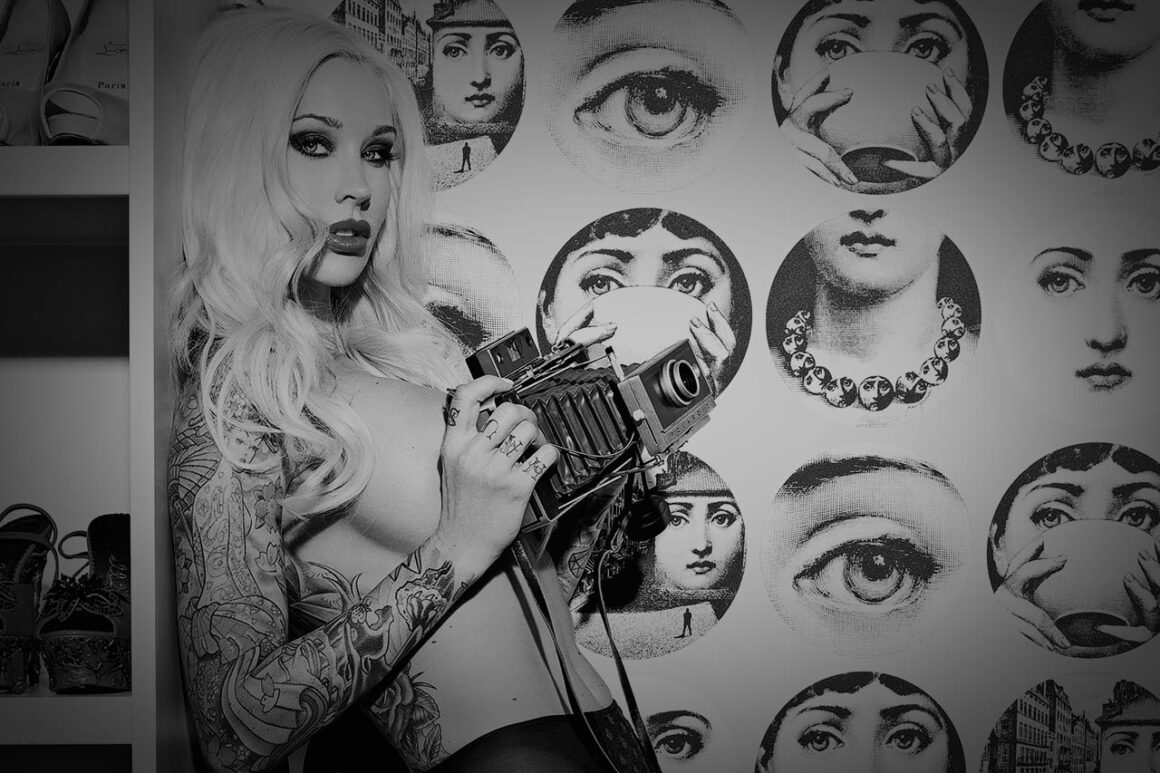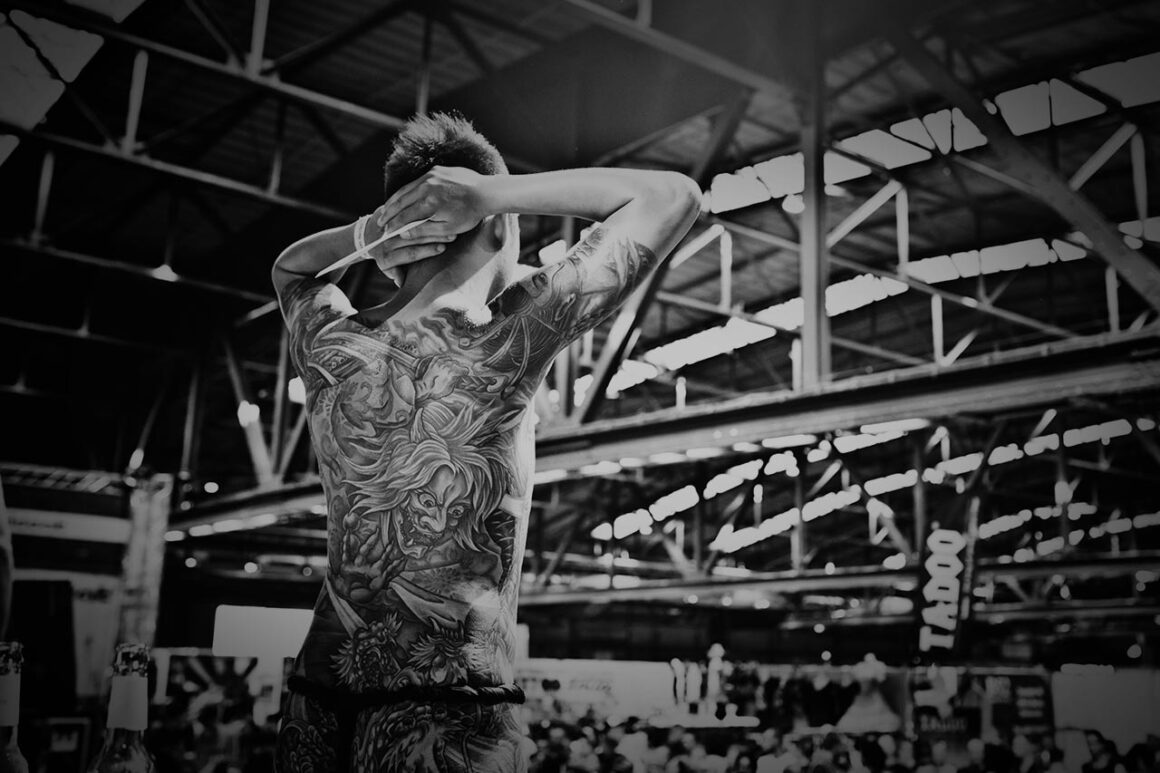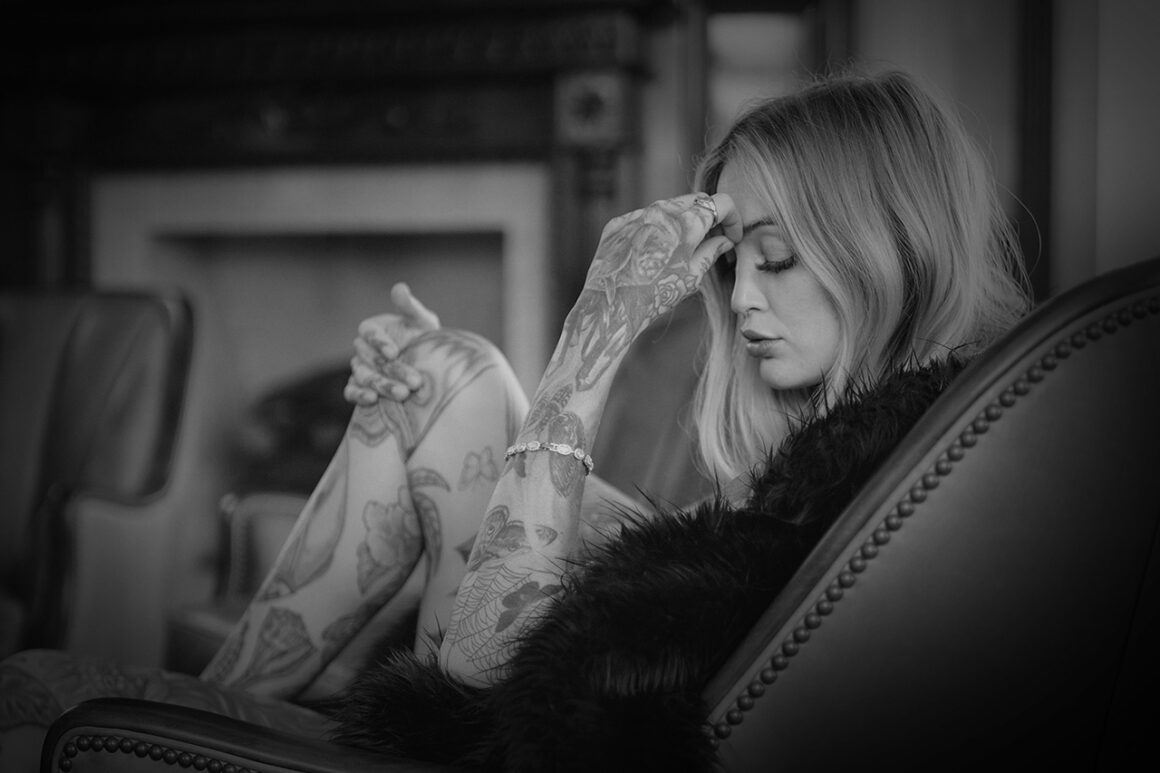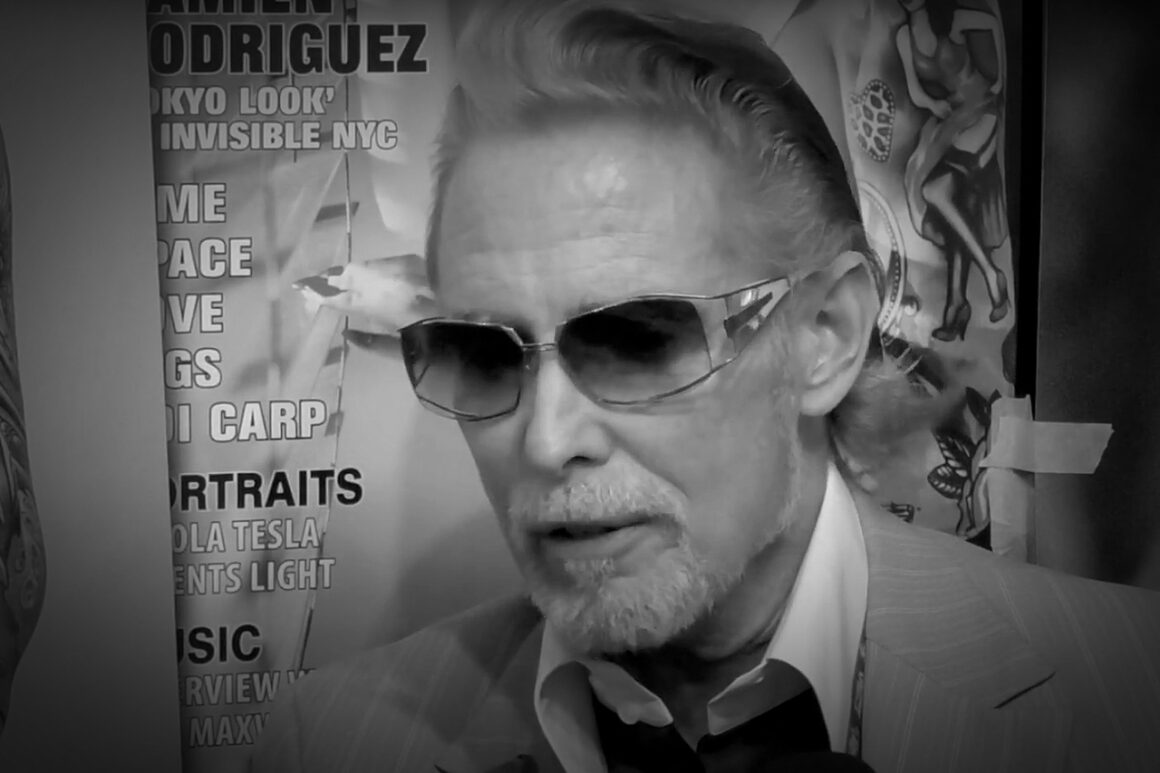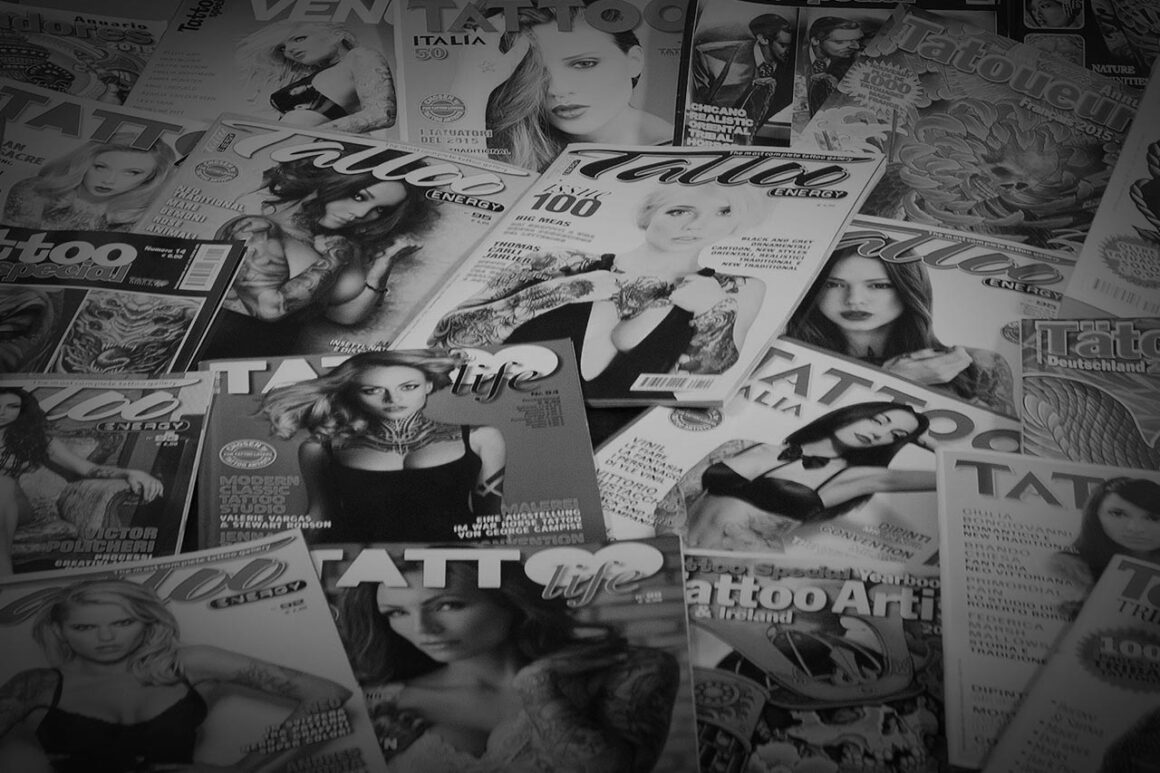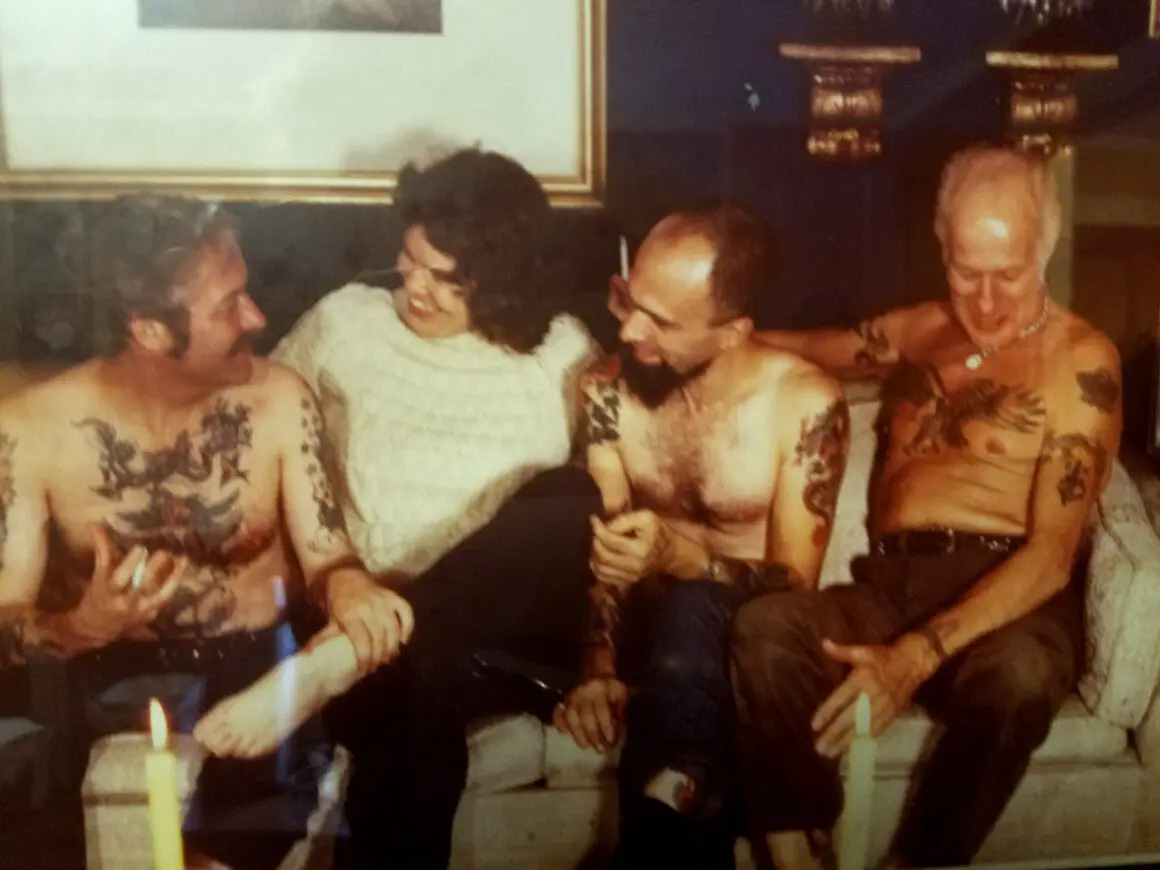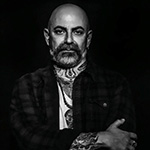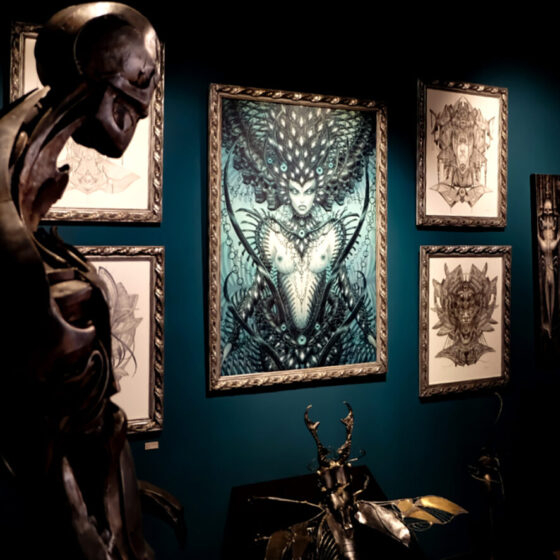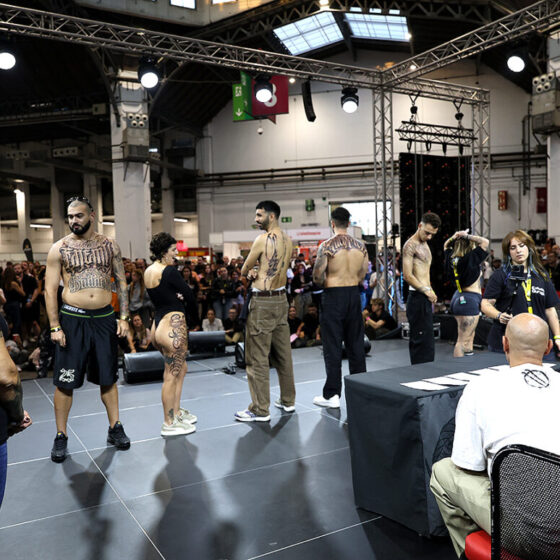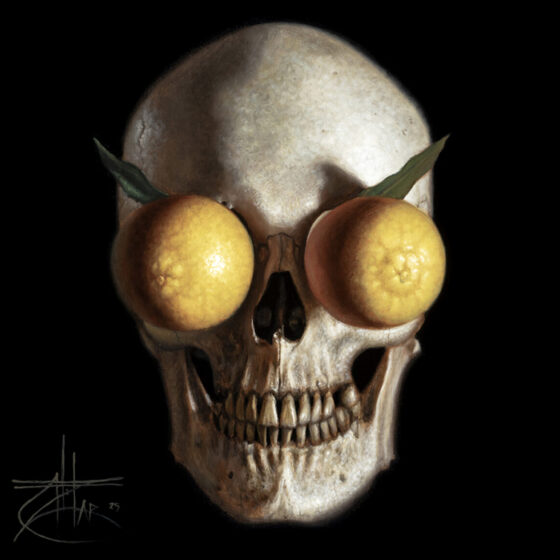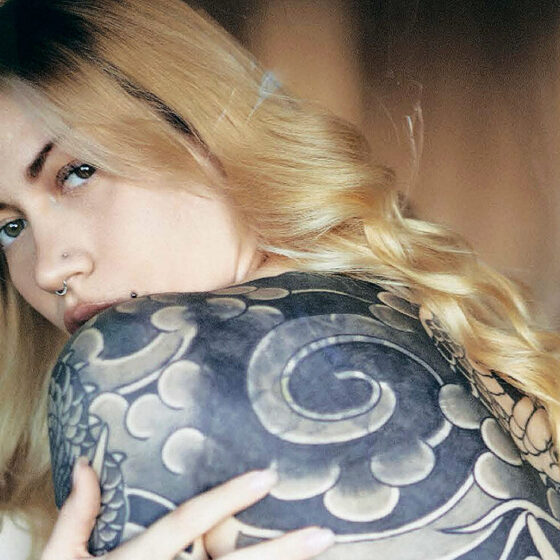The ambition to leave their mark is, I guess, what drives most people working at the craft of tattoo. And though ten years ago it was fairly simple to understand who would manage to do so and why, and consequently, who would be remembered for it, now things have become really complicated.
Looking at tattoo today I see a lot of appearance and increasingly less substance. If I look back on the history of this craft, I see such an eagerness to work, share and make a contribution.
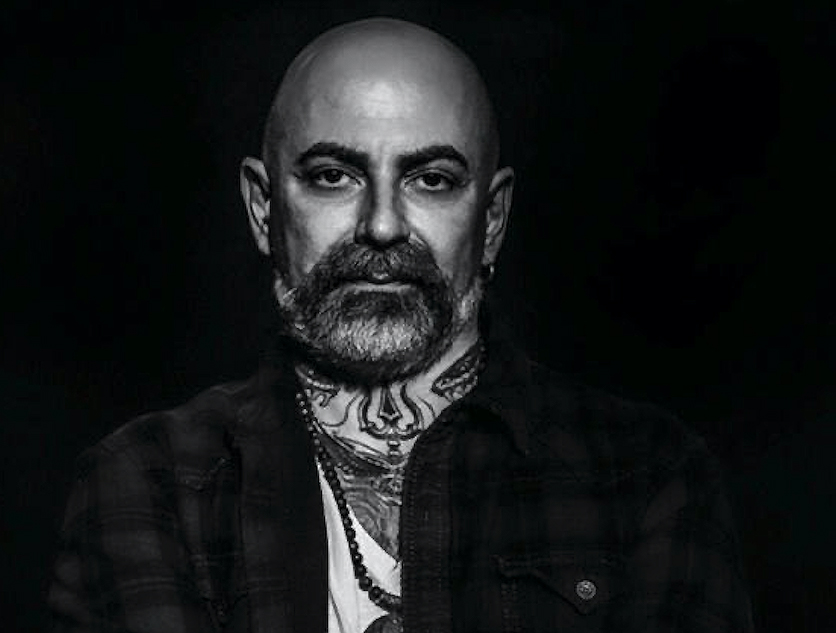
A apt example is Shangai Kate, trade name of Kate Hellenbrand, who recently passed and to whom I felt I simply had to dedicate a lengthy article both in this issue and on tattoolife.com.
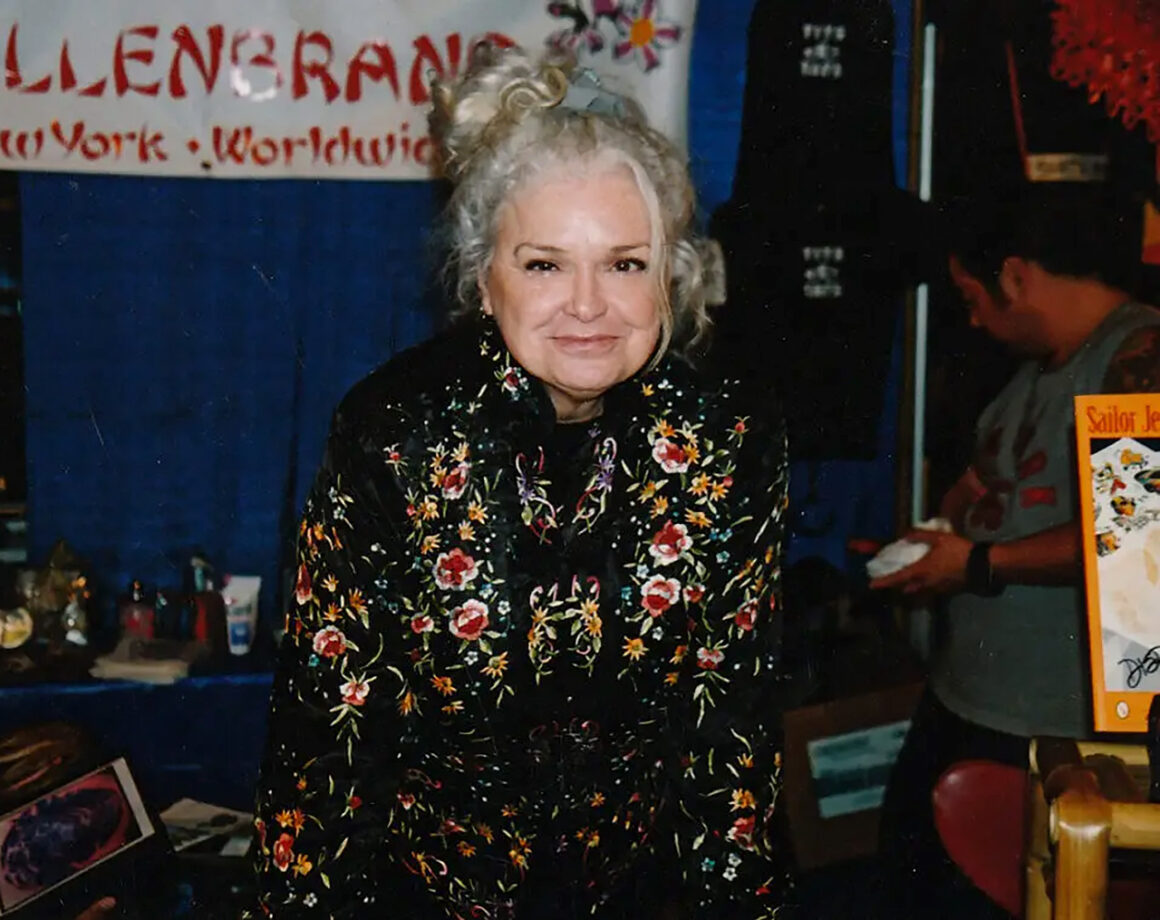
Kate was one of the first female tattooists who not only managed to get herself accepted but also earn respect in a world in which men did not like to have women hanging around their studios unless it was to get their private parts tattooed or sit around looking quietly looking pretty and sexy.
When I think of her, I think above all of the example she was and what she as a woman represented and will always represent to all the other female tattoo artists.
And I want to emphasise this aspect because I realise that we have less and less information about who is behind a study, a crucial activity in this craft. Of course we see the marvellous results of great interpreters of contemporary tattoo styles, but then the people disappear, the ideas and collectives disappear, the creative exchanges disappear. And it all goes on in silence and very little reaches our ears that really impresses us or communicates something to us.
Rich Hardy is a wonderful voice and I believe we can say he manages to be heard and stand out from the crowd.
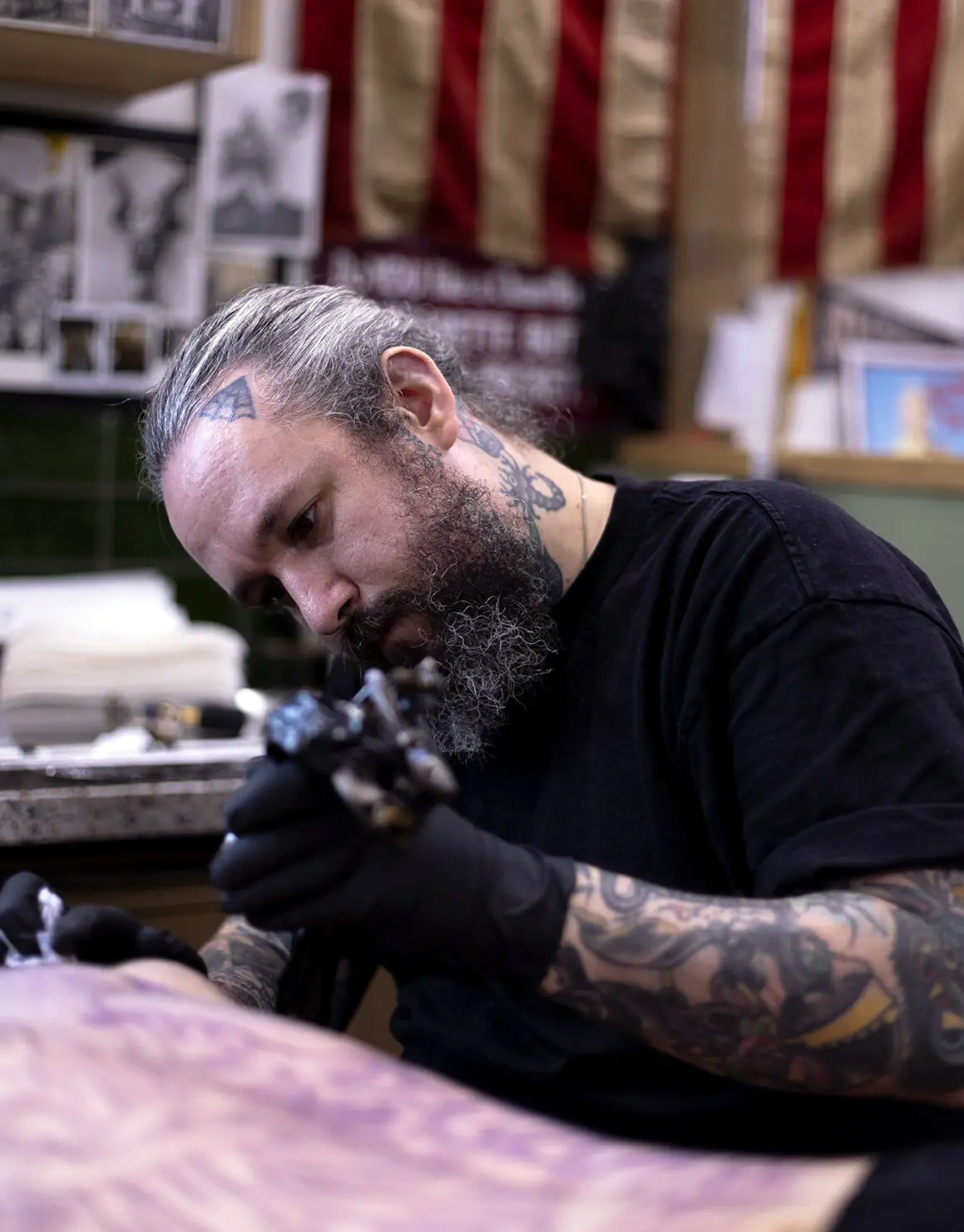
That is why I am proud to stand behind him and be the editor of his new book Traditional Icons. By Rich Hardy in which we have collected the studies he has done on some of the classic icons of Traditional tattoo. In this book the old drives the new and tradition finds a specific place in the research of this great contemporary interpreter of classic Traditional.
Tomo, who is featured in this issue’s Chat at the top, is another great tattooist who needs to be listened to, whose voice makes sense and piques our interest.
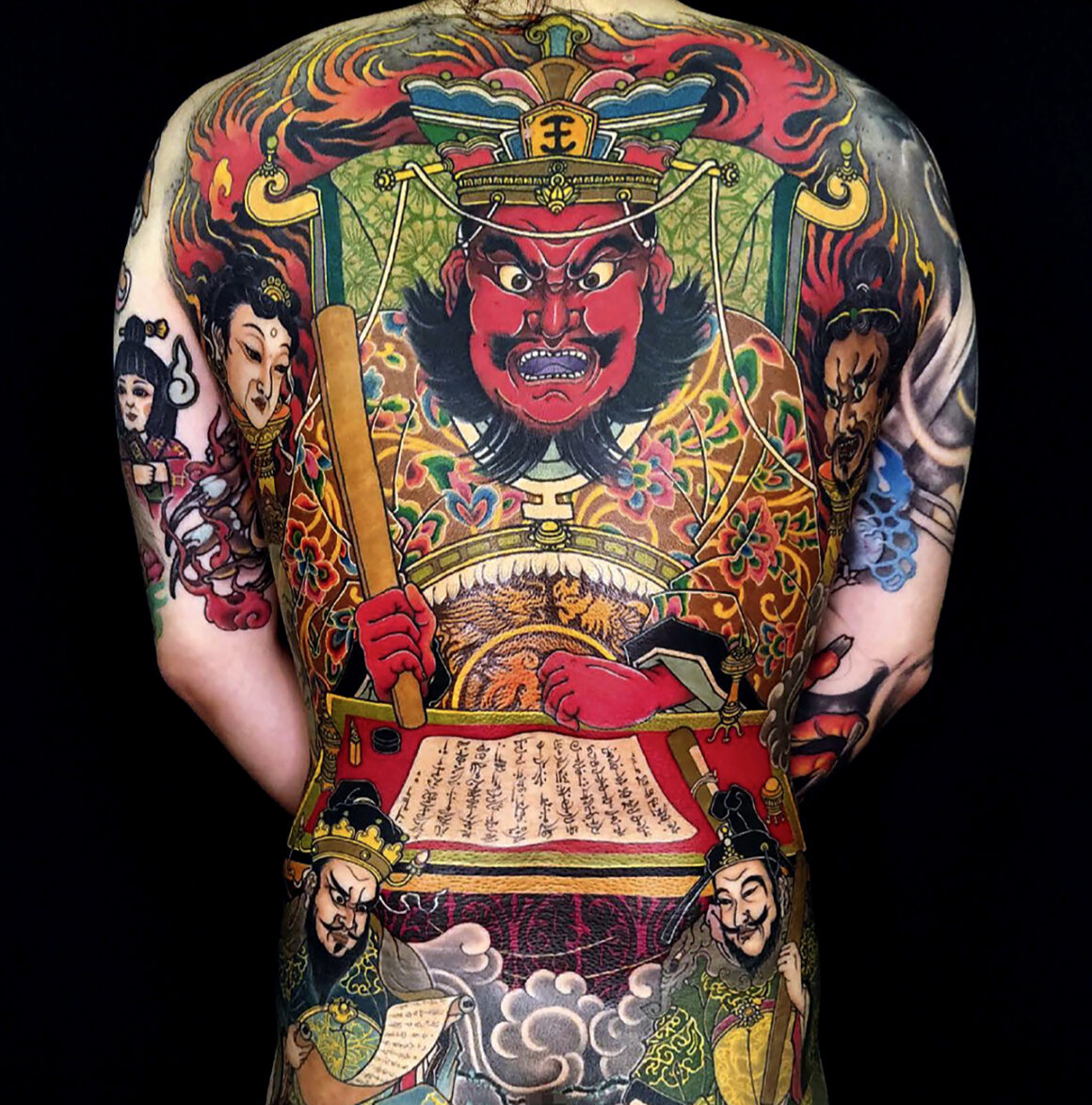
Tomo takes as his starting point ukiyo-e, his Japanese spirit as he tells us in this interview, but then creates, recounts and shares his research into the new, his position on illegal tattoo in Japan and his respect for cultural tradition. And his voice leaves a mark.
Apart from looking at art, I believe there is something great about getting to talk to whoever it is that is behind it, and showing who is thinking and researching. Because there is no art more closely tied to man and his evolution than tattoo.
